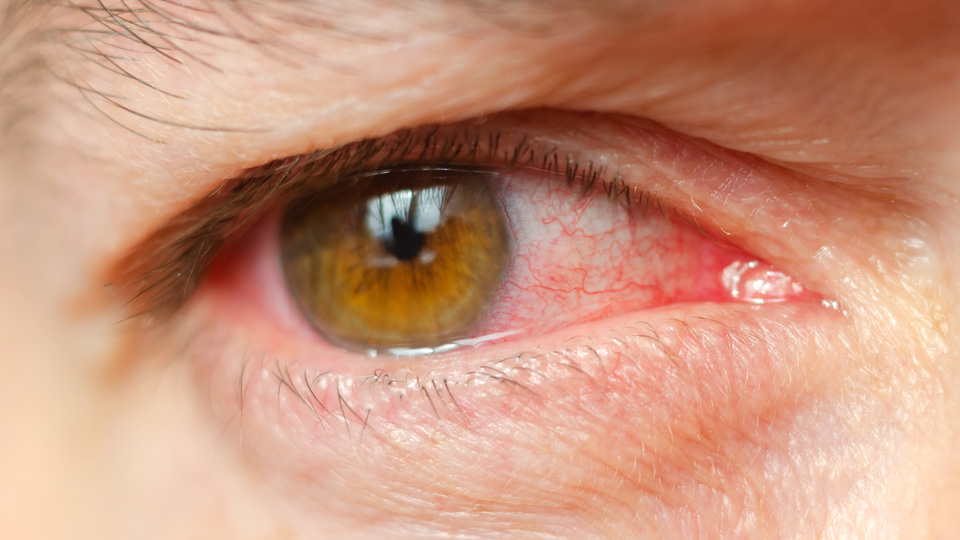What are migraines with visual aura?
16/12/2025

24/03/2023
Vernal conjunctivitis, actually a type of allergic conjunctivitis, is a common eye condition during the spring season. The conjunctiva, the thin, transparent layer that covers the surface of the eye, becomes inflamed because of exposure to allergens such as pollen, dust, and other irritants found in the air during this time of year.
Symptoms of vernal conjunctivitis include red, itchy, and excessively watery eyes. Because it doesn't affect the cornea, in general it does not lead to reduced vision, although the symptoms can significantly affect a person's quality of life, especially if not properly treated. It's quite common that a patient with vernal conjunctivitis is also affected by rhinitis, sneezing and a red congested nose in the spring.
At first, as first aid, the first thing you should do is rinse your eyes with cold saline solution to wash away allergens that have entered the eyes. If saline solution is not available, clean cold water can be used.
It is necessary to see an ophthalmologist to receive the appropriate treatment for this pathology, which usually involves the use of antihistamine eye drops to reduce the burning sensation and allergic reaction. In some more severe cases, cortisone eye drops are necessary, always prescribed by the specialist as it can have side effects. If the patient also presents rhinitis, sneezing, itching and nasal congestion, an oral antihistamine is also indicated.
Likewise, it is important that people who suffer from allergic conjunctivitis avoid exposure to the allergens that cause their symptoms. Try not to go outside on days with high pollen counts, keep windows closed at home and in the car, and wash your hands and face frequently to remove any allergens that may have accumulated on those surfaces.
Dr. Victor Charoenrook, opthalmologist at the Barraquer Ophthalmology Centre